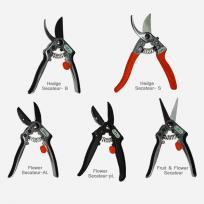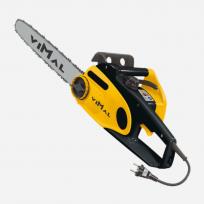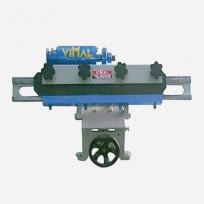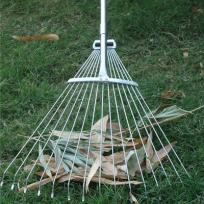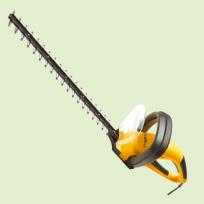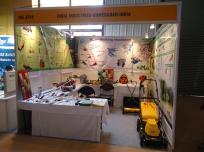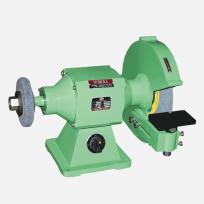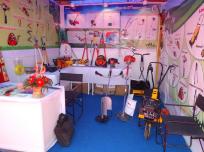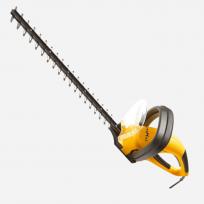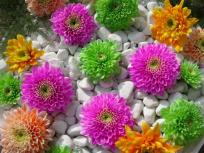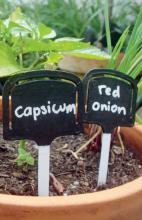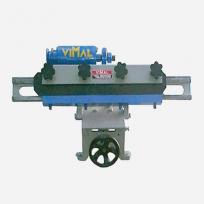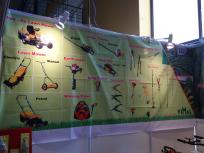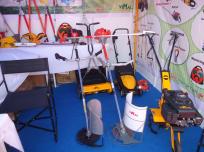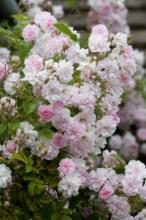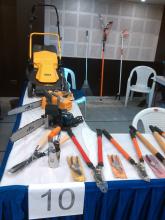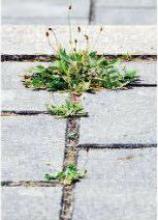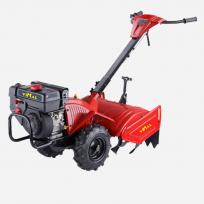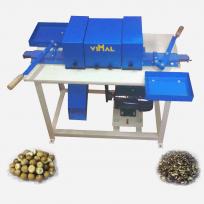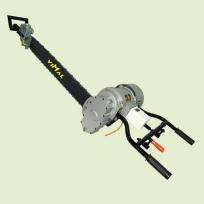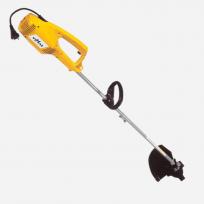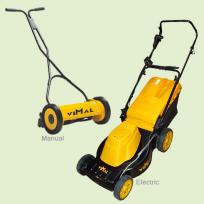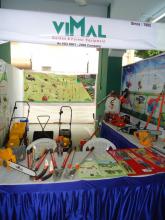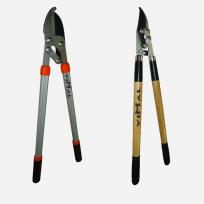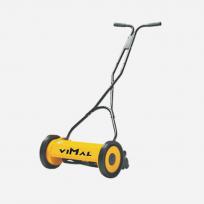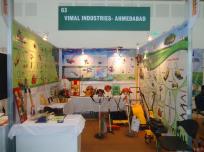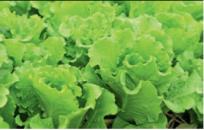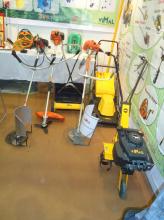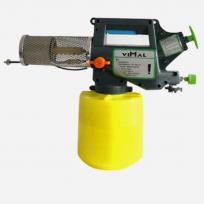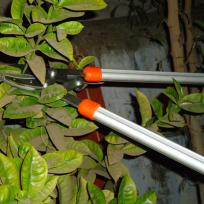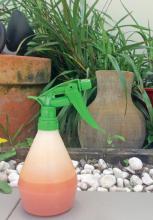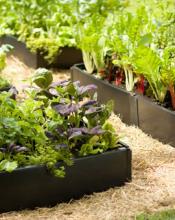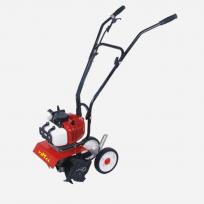Indoor Garden
An indoor garden adds a breath of fresh air and light. The quality of space primarily derives its value from the elements of nature that are infused into it. We relate to spaces that set our minds free. Bringing colourful open spaces in, is surely one way of doing it.
There are many areas of the home that you can convert. For example, the center portion of a stairway or below it, corner of the living/dining room close to the setback area, a small portion in front of the puja room, a small area in front of the French window etc.
The space should be accessible to sufficient light and air circulation. This could be either achieved through a wall opening or through a skylight. It is also important to pick selected variety of indoor plants if there is less light in the space allocated for the garden. An indoor lawn would be ideal in areas where there is abundant sunlight for at least four hours a day. Ventilation is an indispensable essential that comes with indoor garden spaces. The combined effect of the two elements cannot be expressed – it can only be experienced.
In the olden days, people built a house around the central open space. This space diffused light and air within the house, creating a space towards which the inmates were virtually ‘drawn’. This does not mean that open space or garden has to be essentially positioned in the center of the house. It can be a small garden on the wall or even a niche that is converted into a green space. Vertical gardens give any space a completely different and interesting dimension. An indoor garden can act as an interface between the ‘inside’ and ‘outside’. The verandah is one such example of a semi covered space being a buffer between the interior and exterior.
It is important to address the introduction of gardens within the building at the stage of conceptual design to develop a strong sense of harmony. Whether one wants a lush green garden, a simple lawn or a dry Zen garden within the home is dependent on the overall concept and its architectural relevance.
Accessories used in an indoor garden space give it a sense of drama. Clay pots, bamboo shoots, sculptures, pebbles etc expand the quality of space. These should be juxtaposed in a way that the colour, texture and features blend with the rest of the spaces.
The articulation of the open spaces within the home not only enhances one’s physical and psychological wellness but also renders a sense of space that could be sublime.





